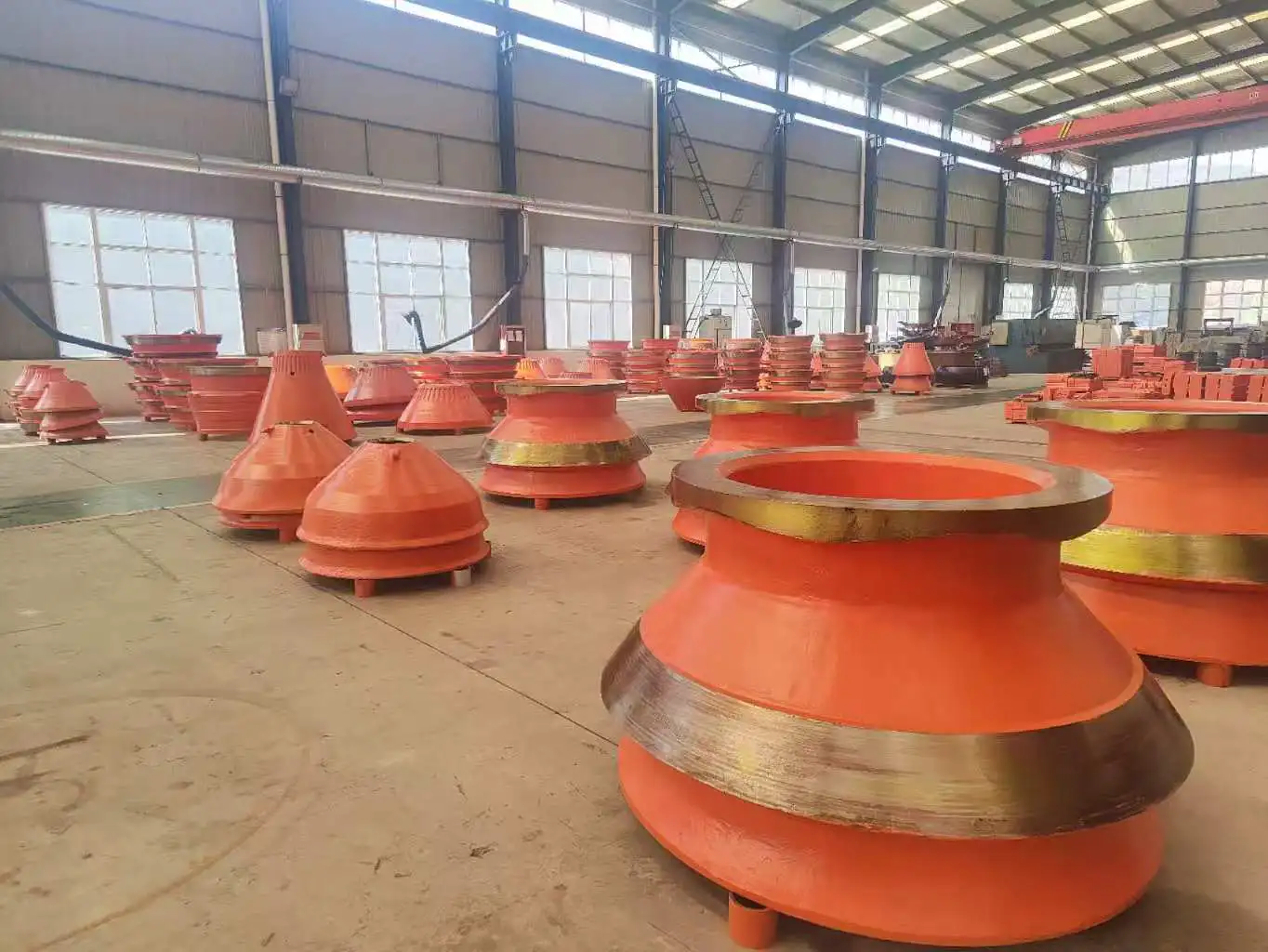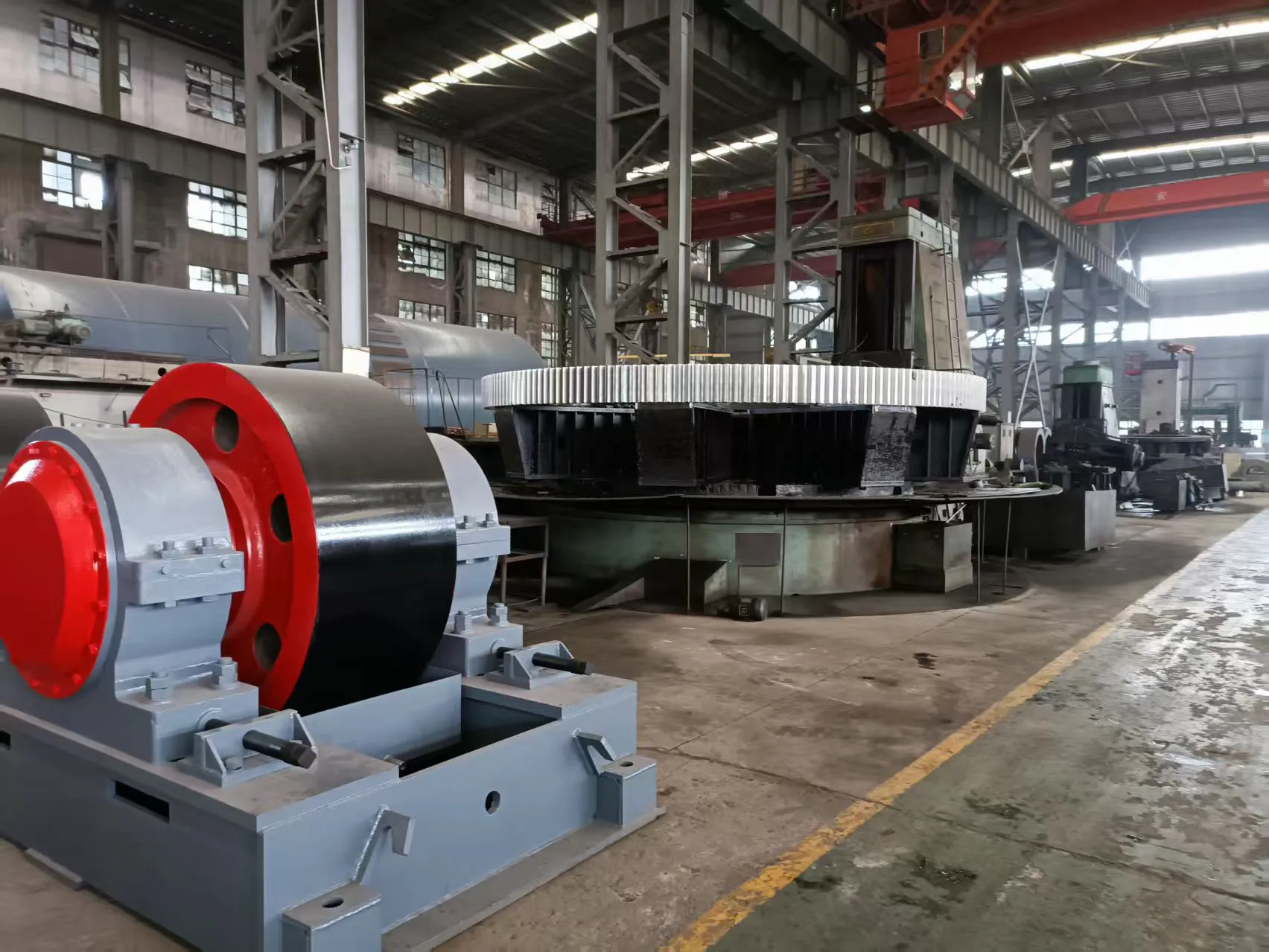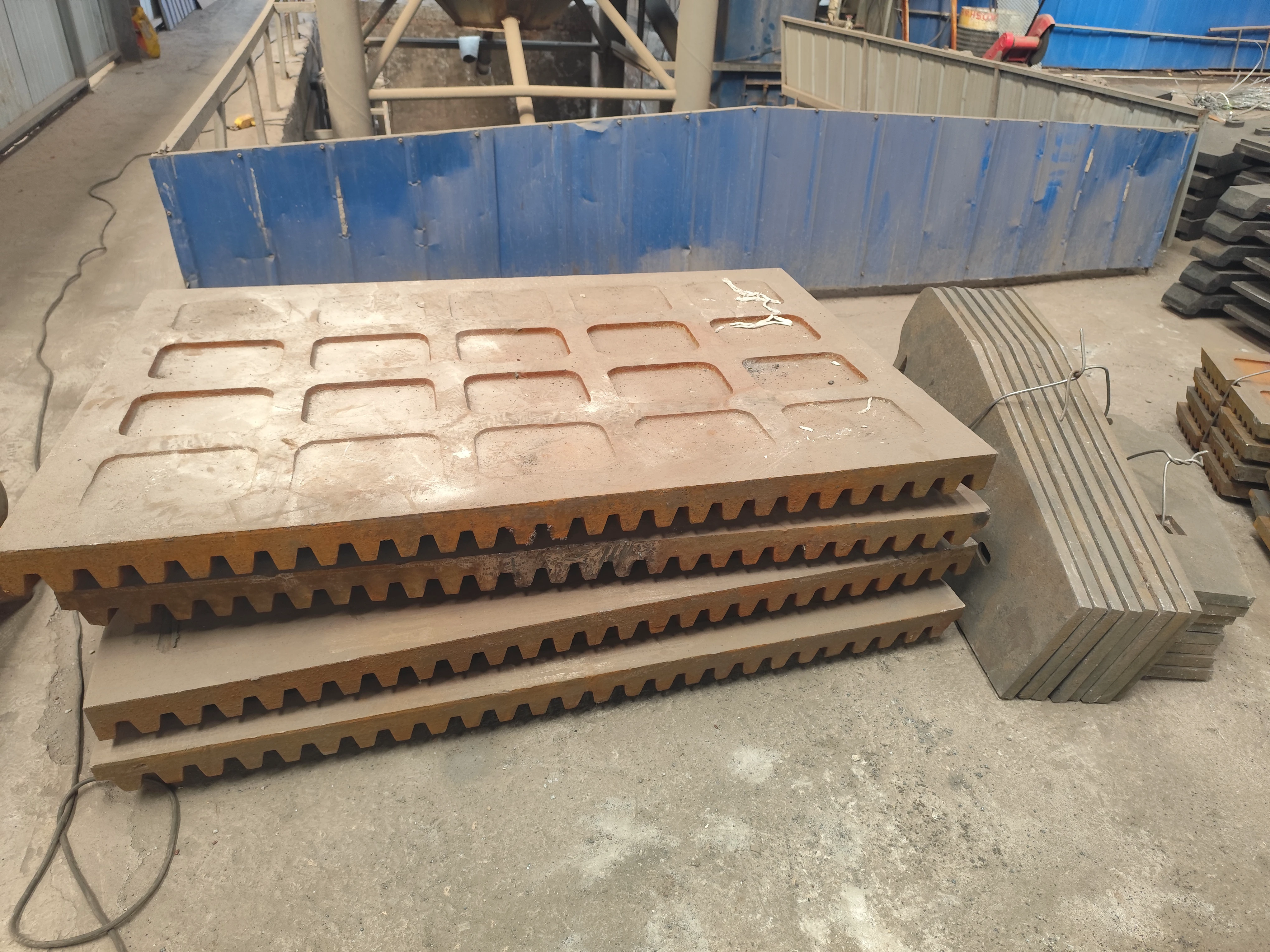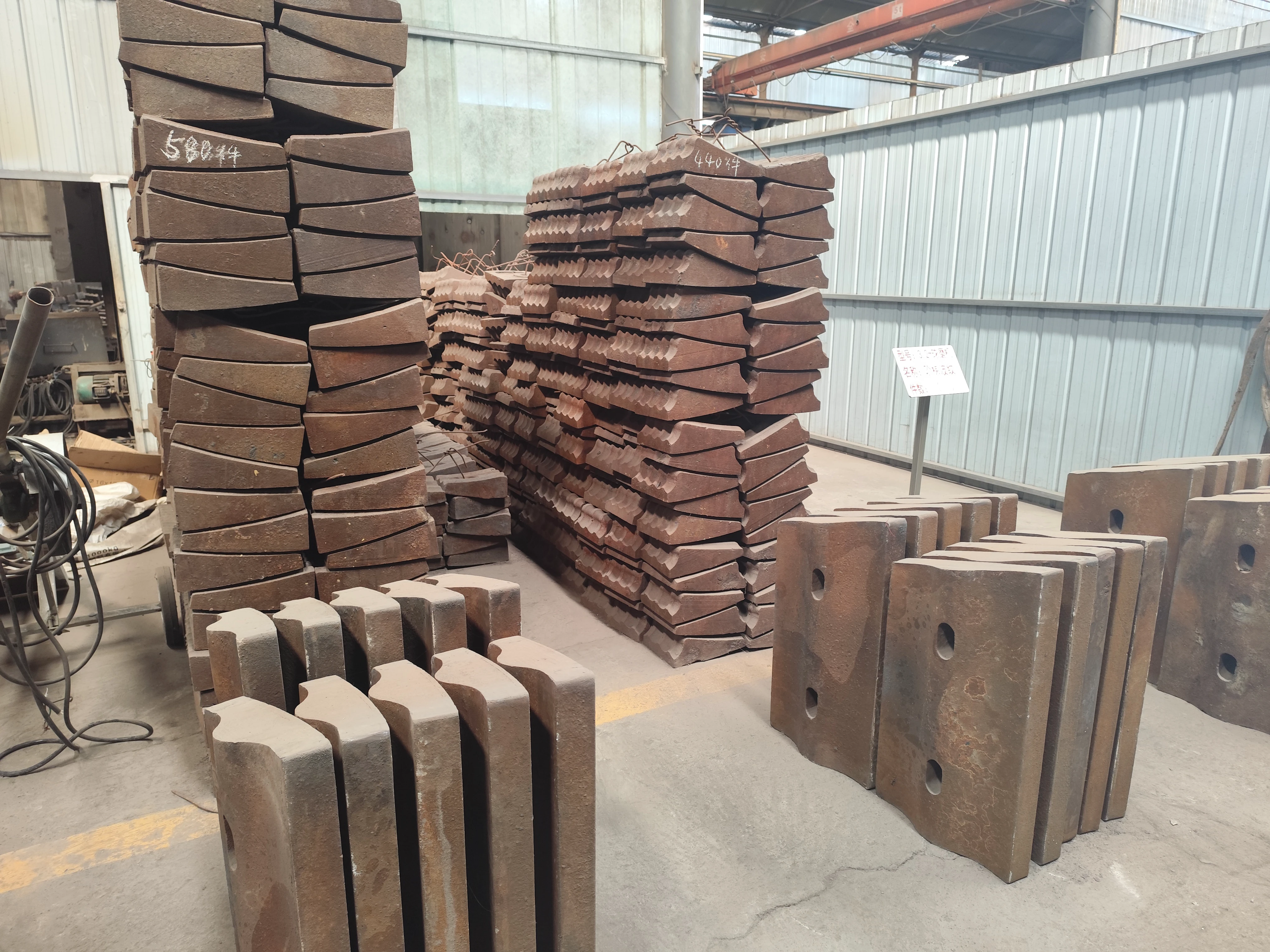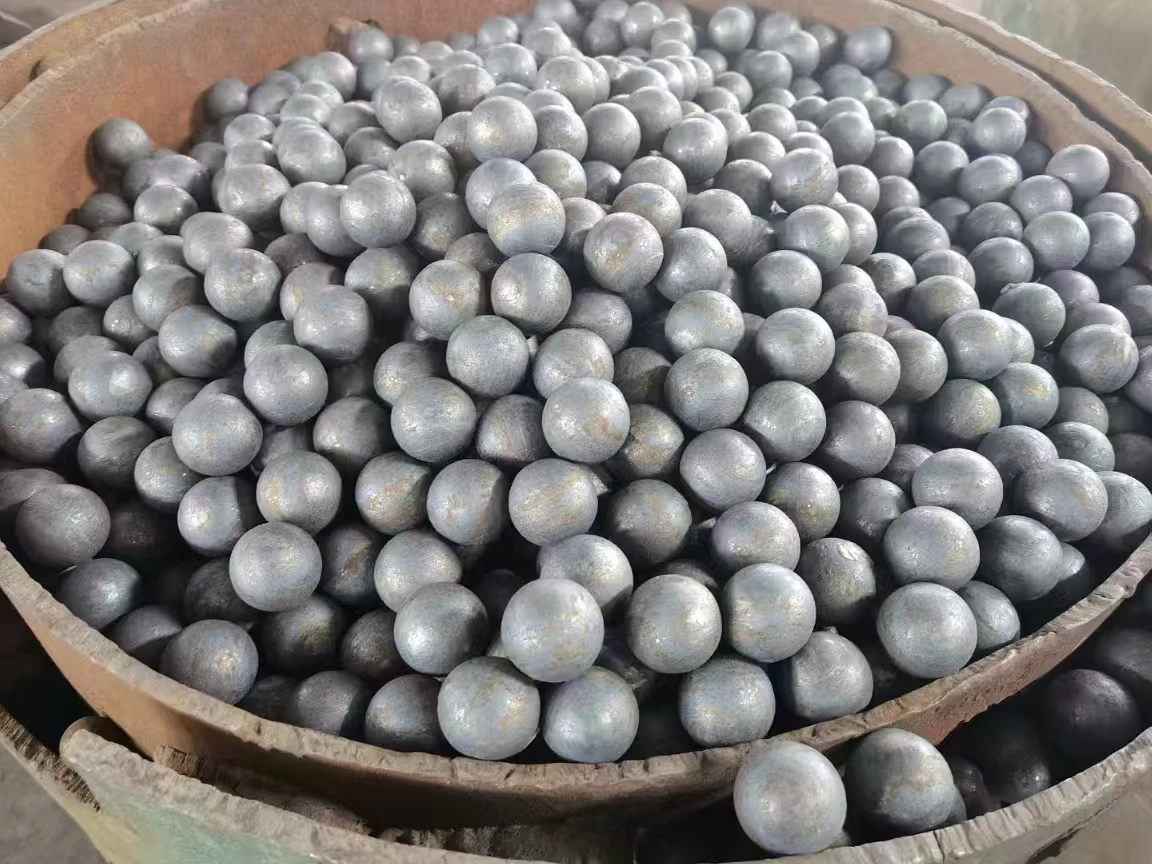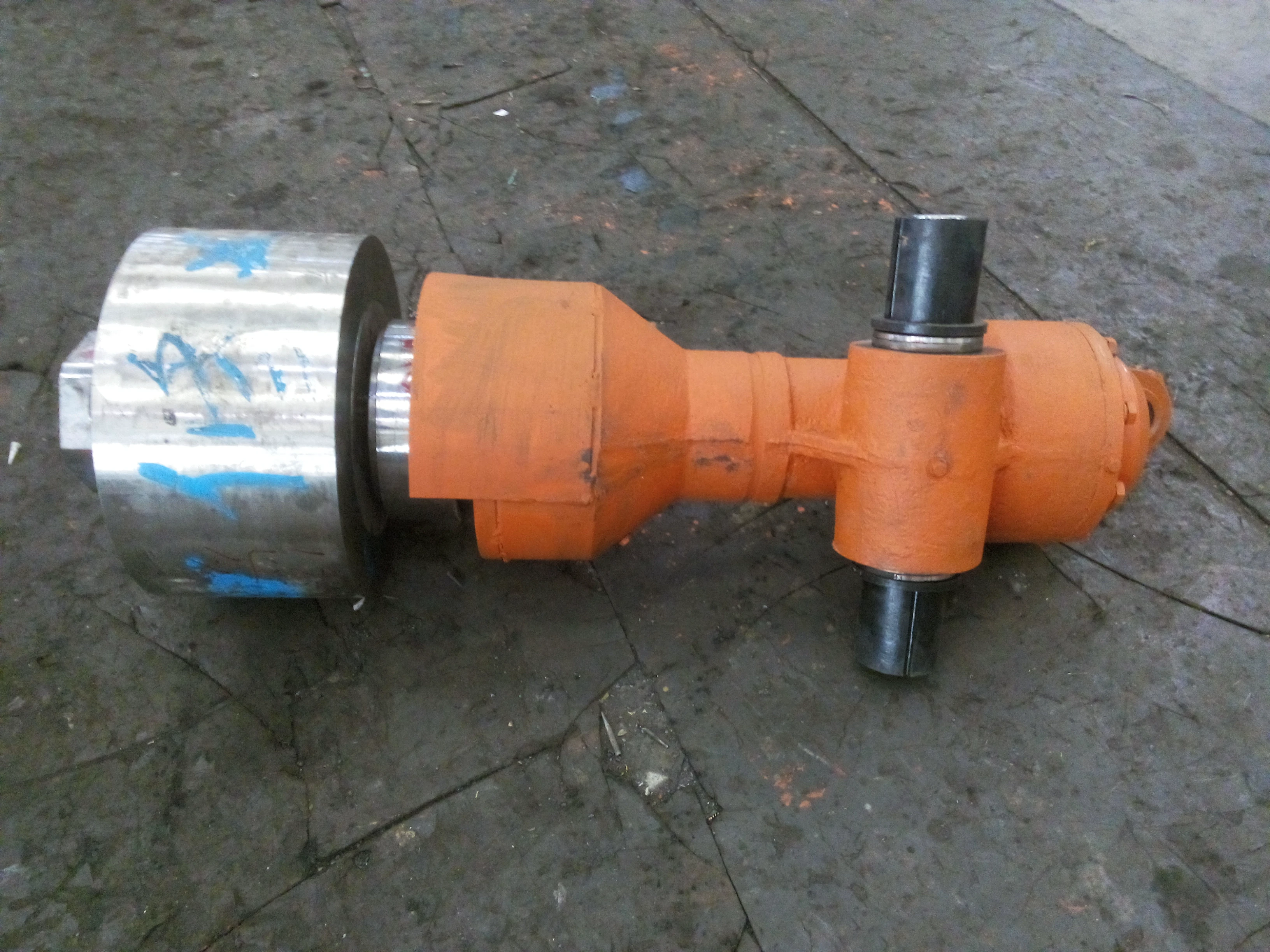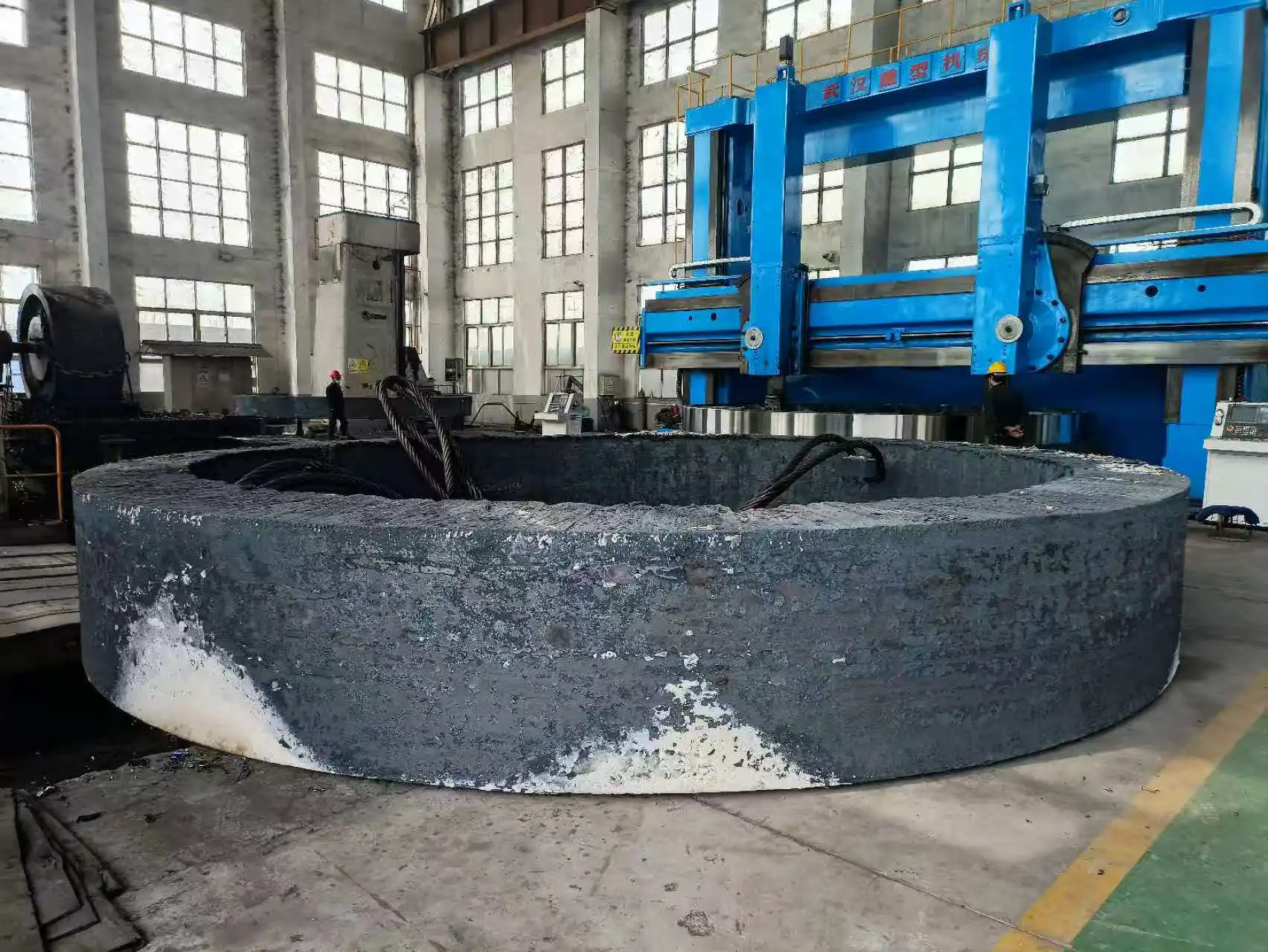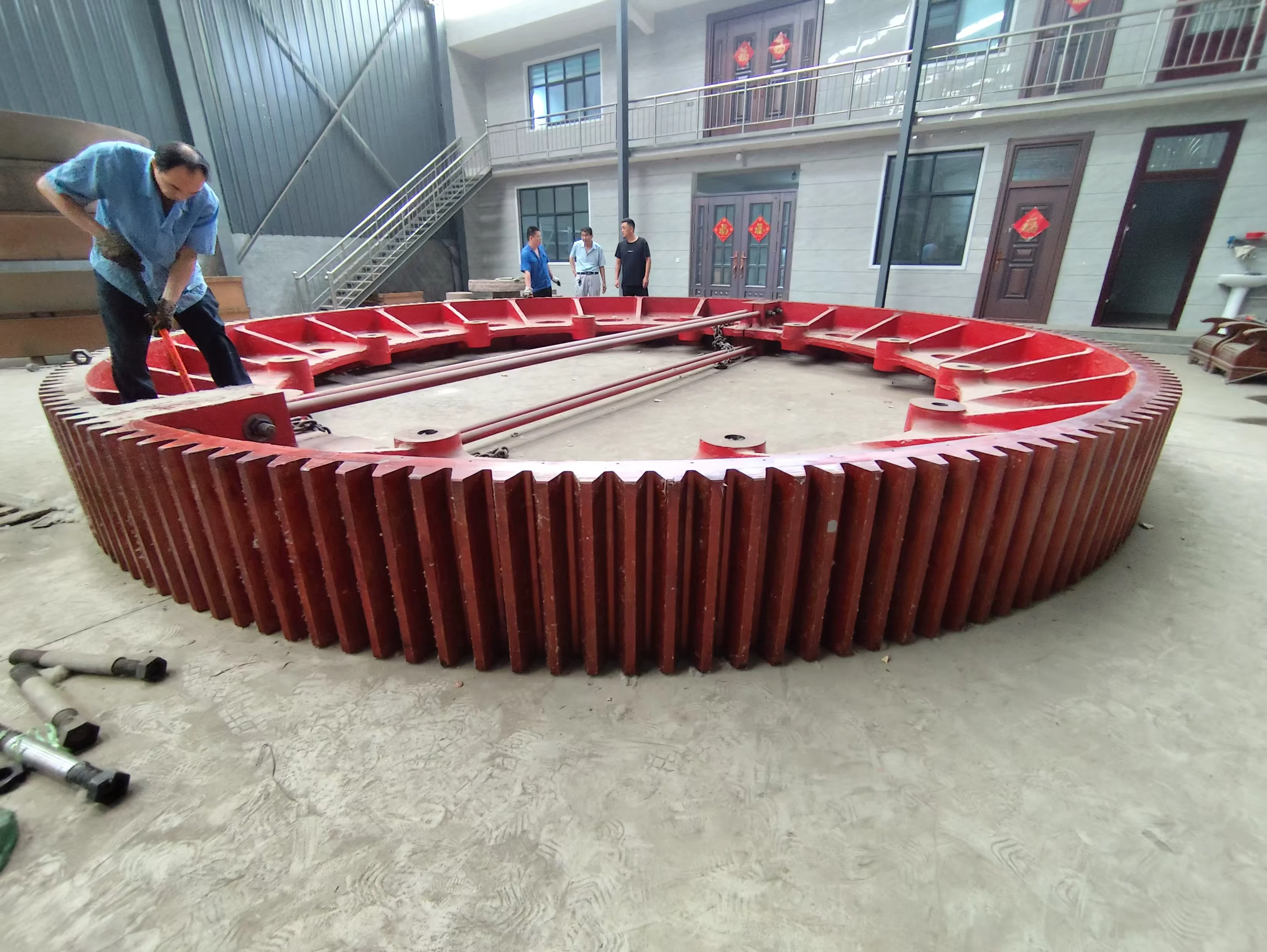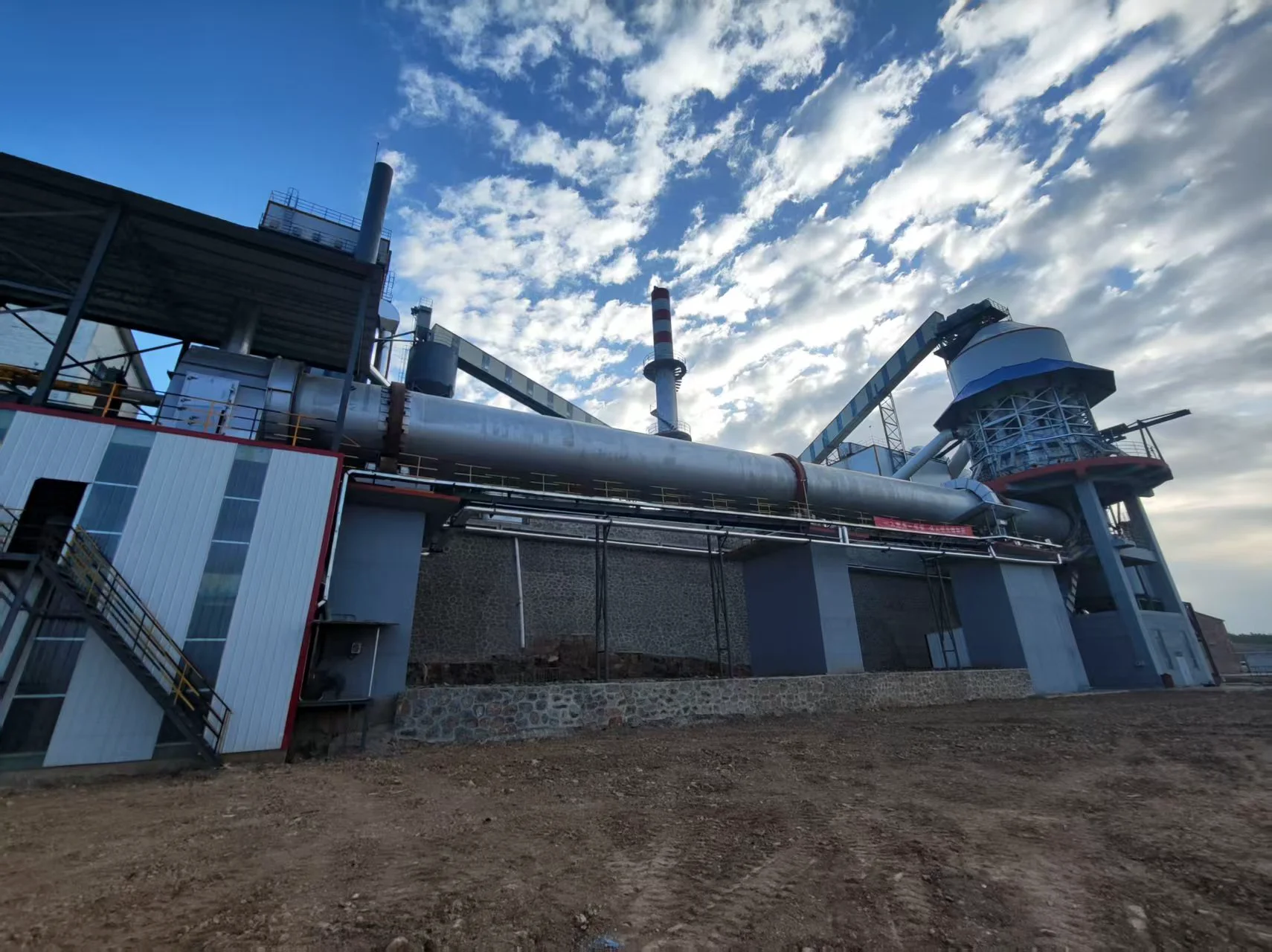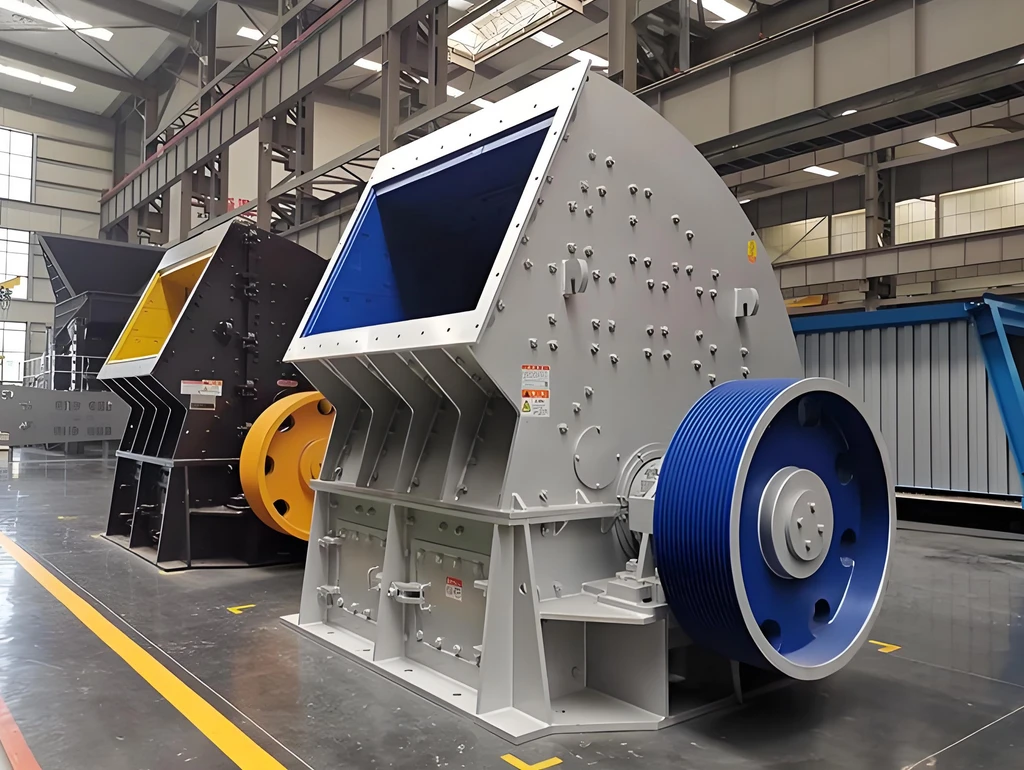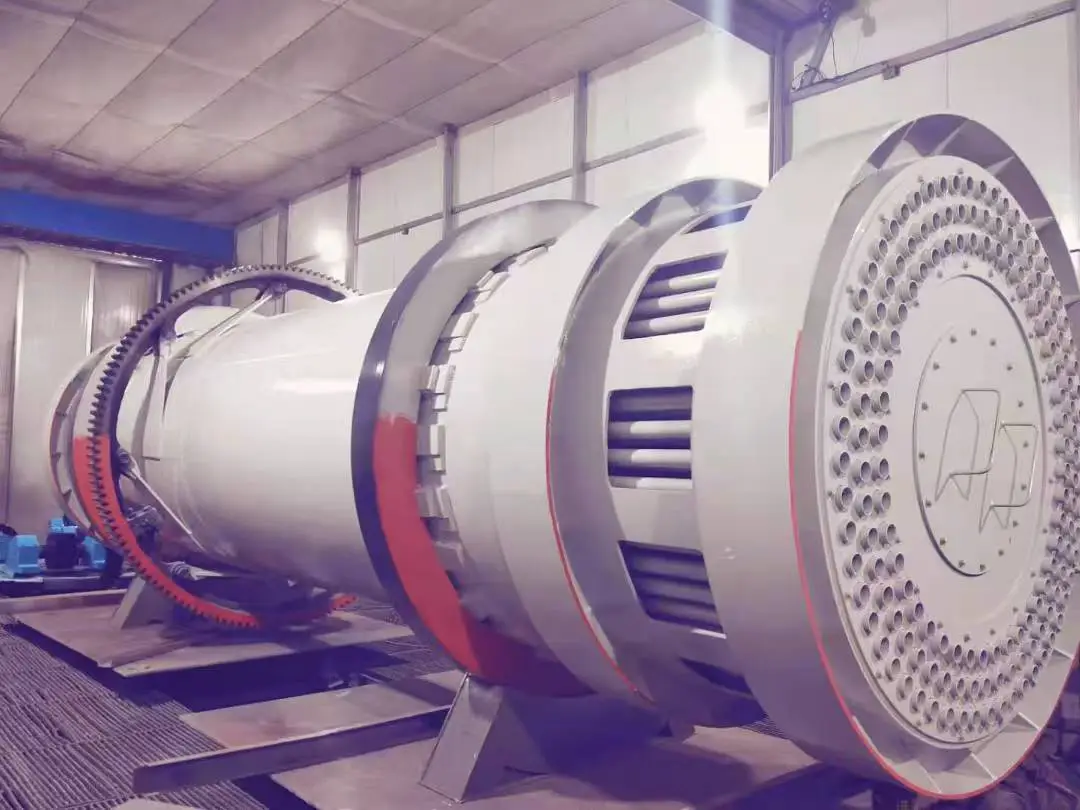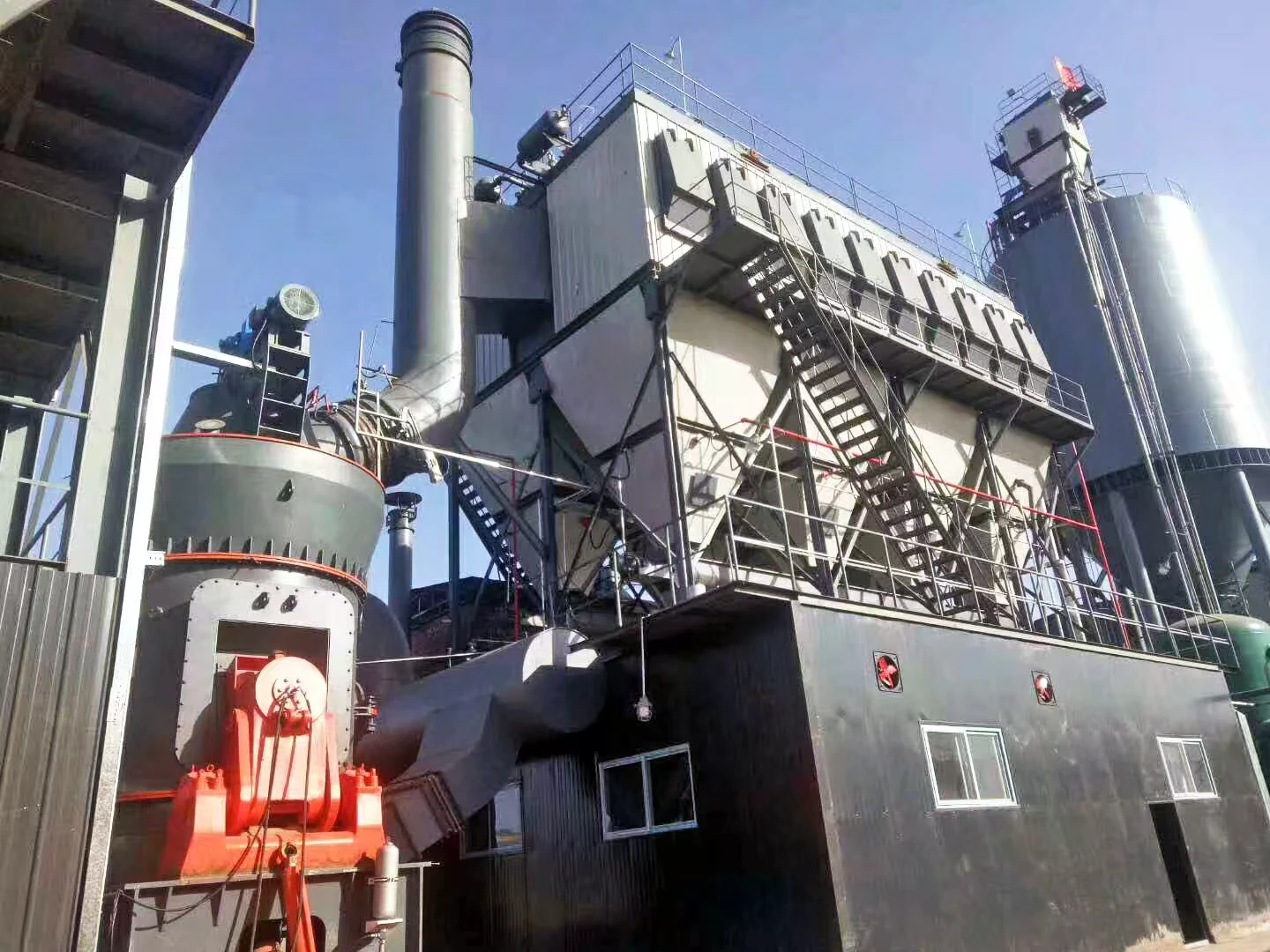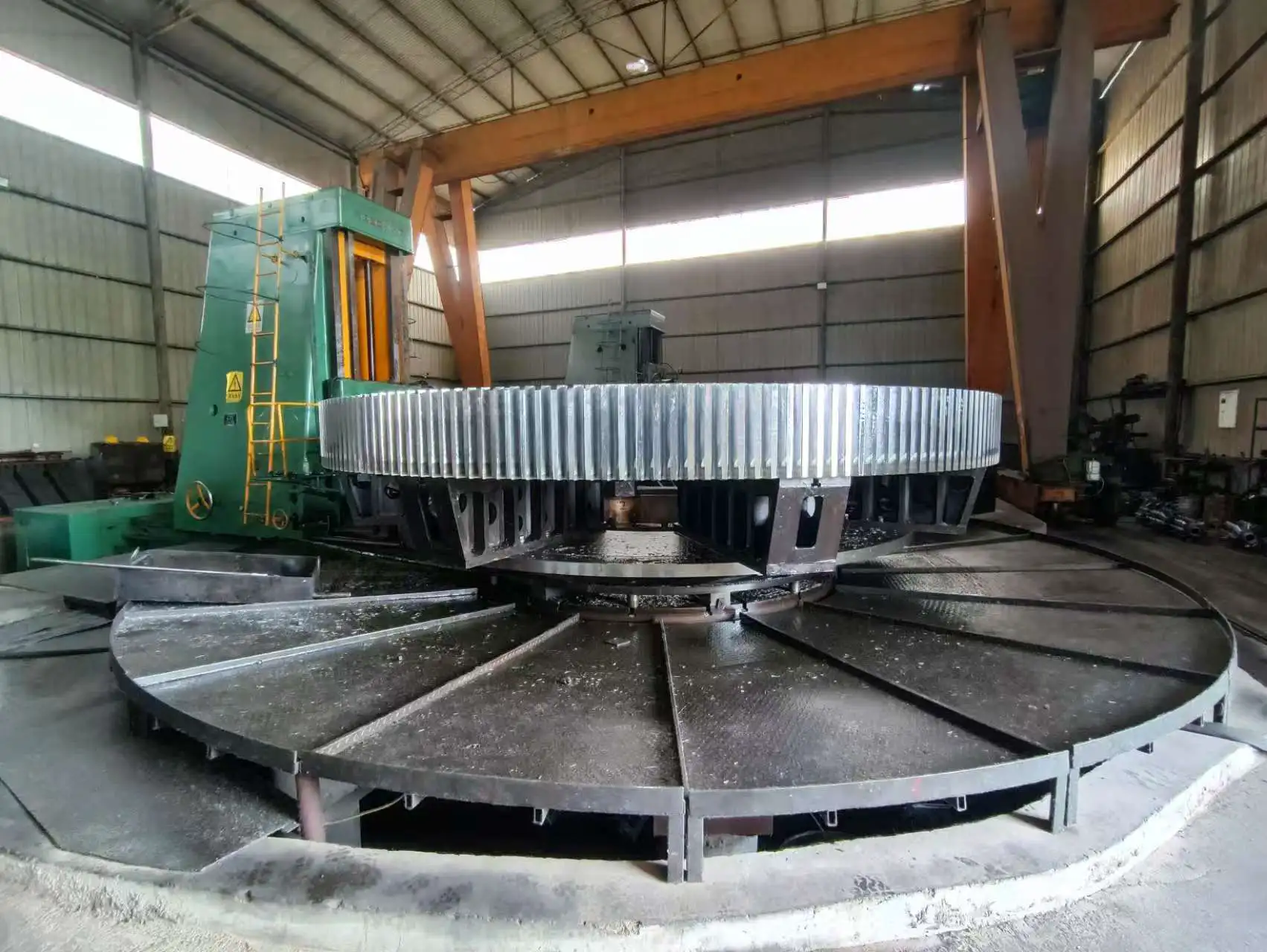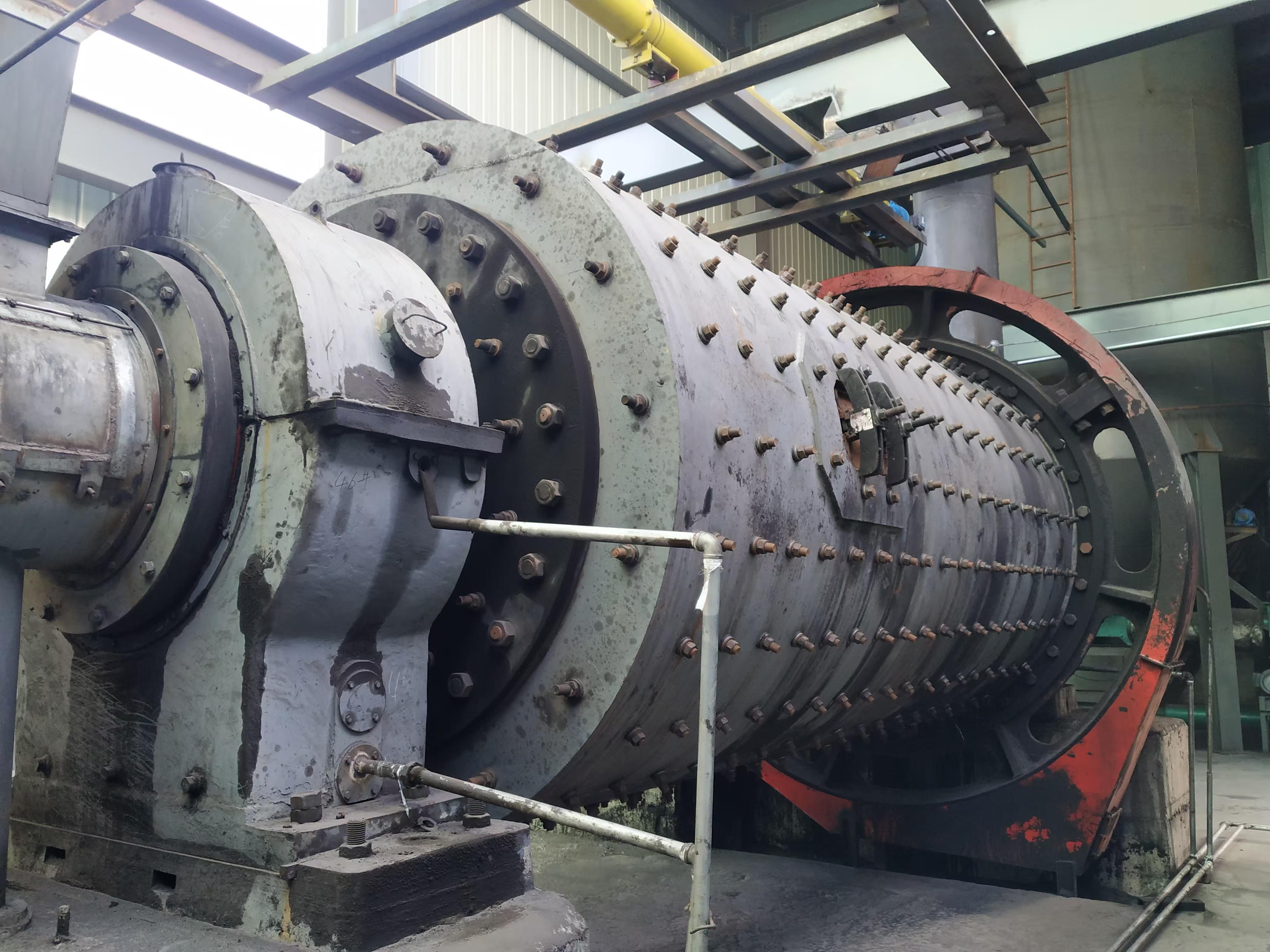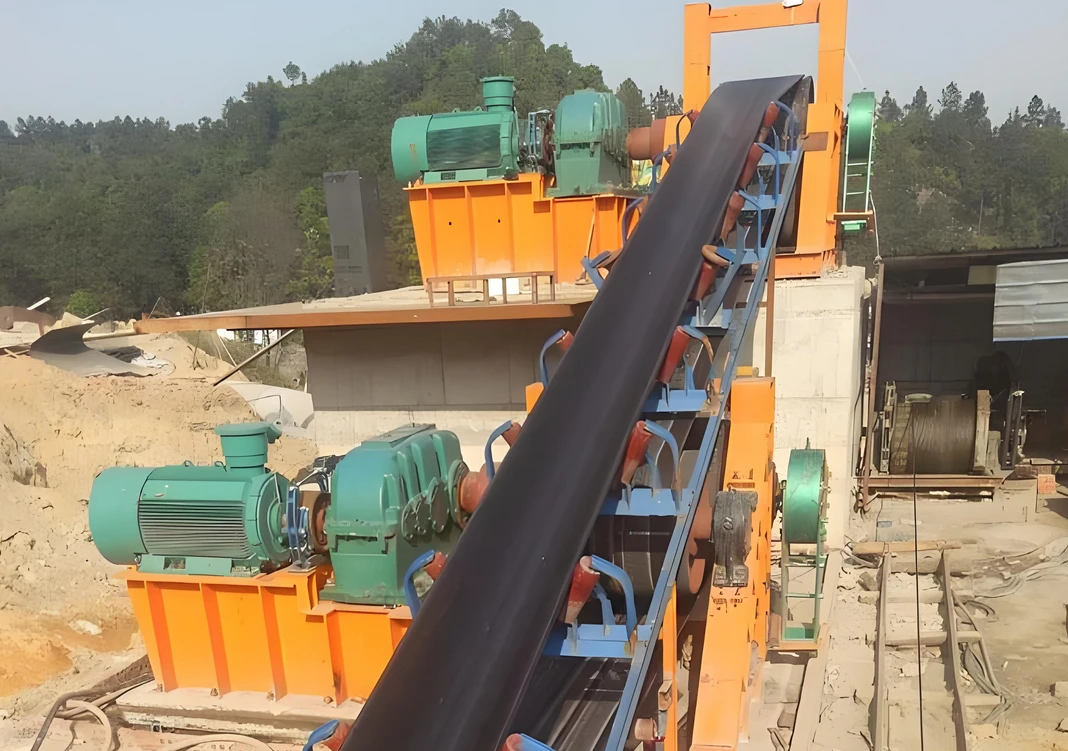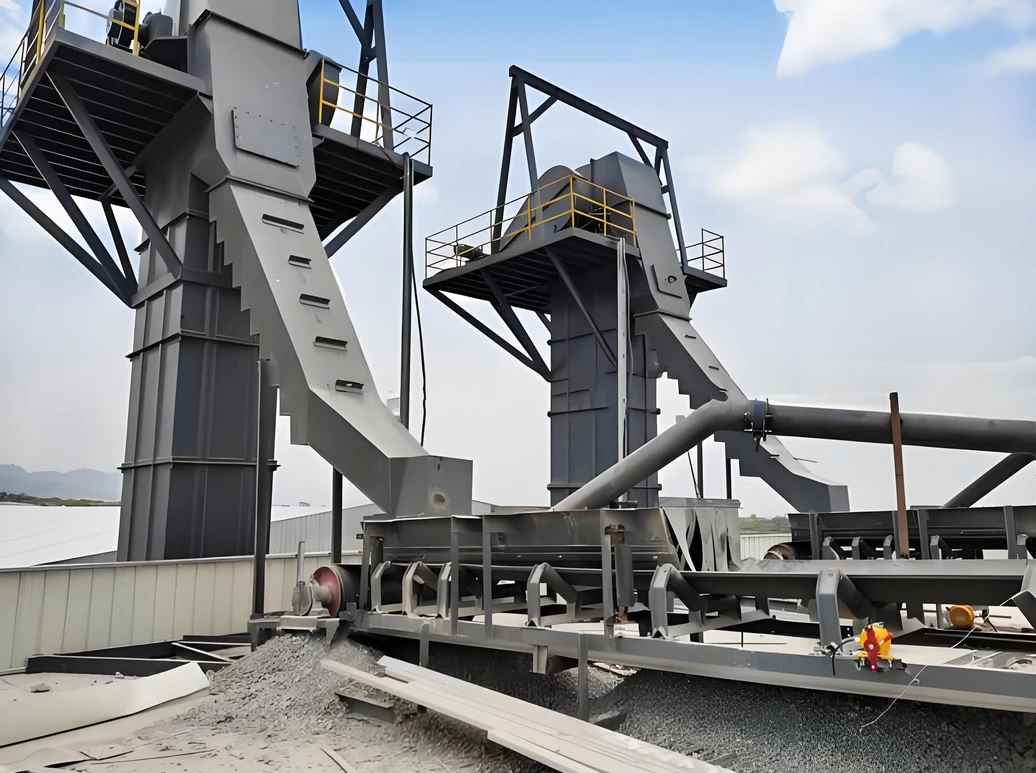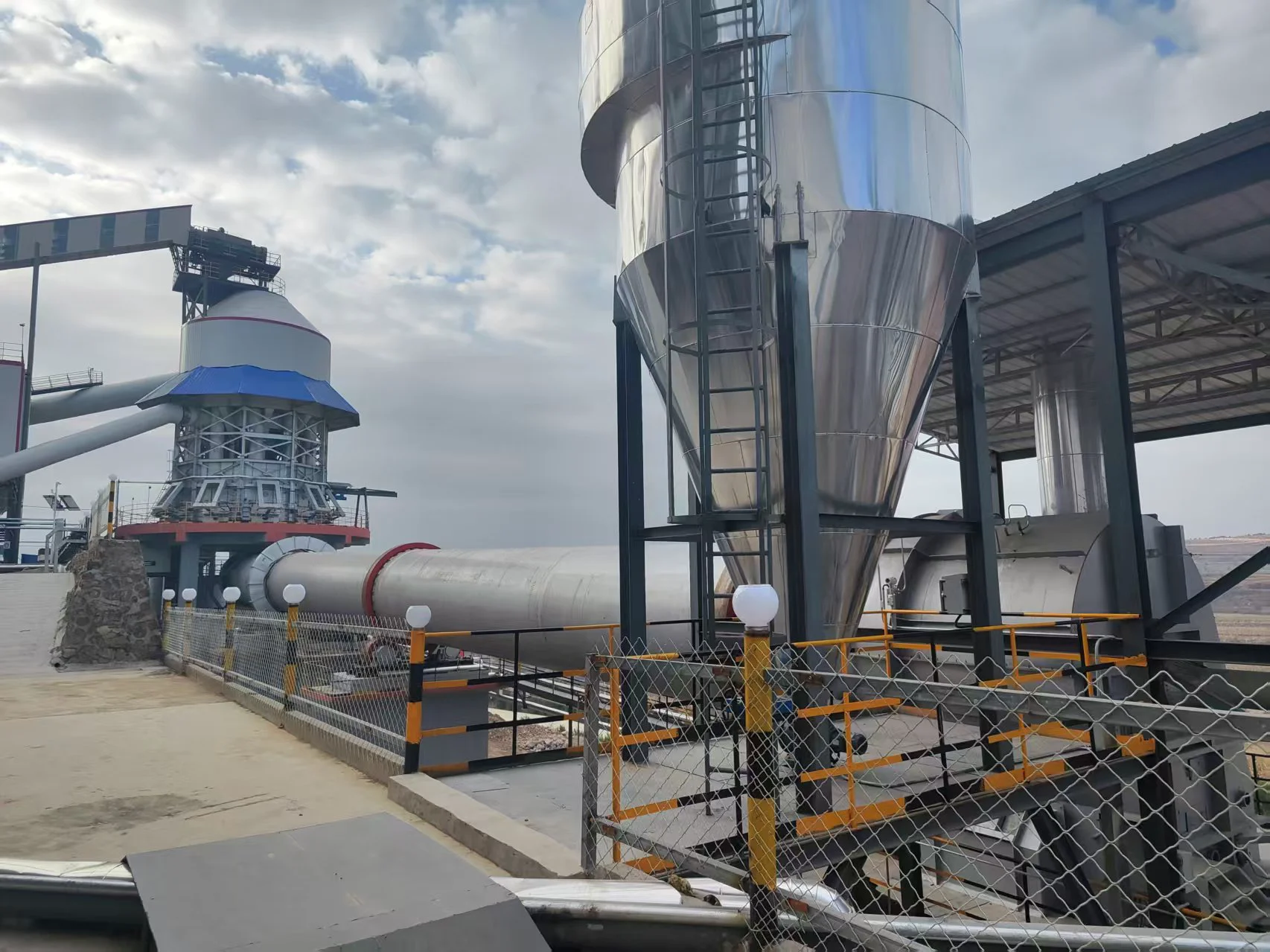1. Structure and composition of hollow shaft
The hollow shaft is usually made of high-strength cast steel or alloy steel, in the shape of a hollow cylinder, and is mainly divided into the following parts:
Journal: cooperates with the main bearing to support the weight of the entire mill, and requires high-precision processing to ensure lubrication and load-bearing capacity.
Flange: connected to the mill barrel and fixed by bolts to ensure power transmission and structural stability.
Liner: Some hollow shafts are equipped with wear-resistant bushings to prevent materials from directly wearing the shaft.
Inlet and outlet: used for conveying materials or airflow, some are designed in a bell-shaped shape to optimize flow.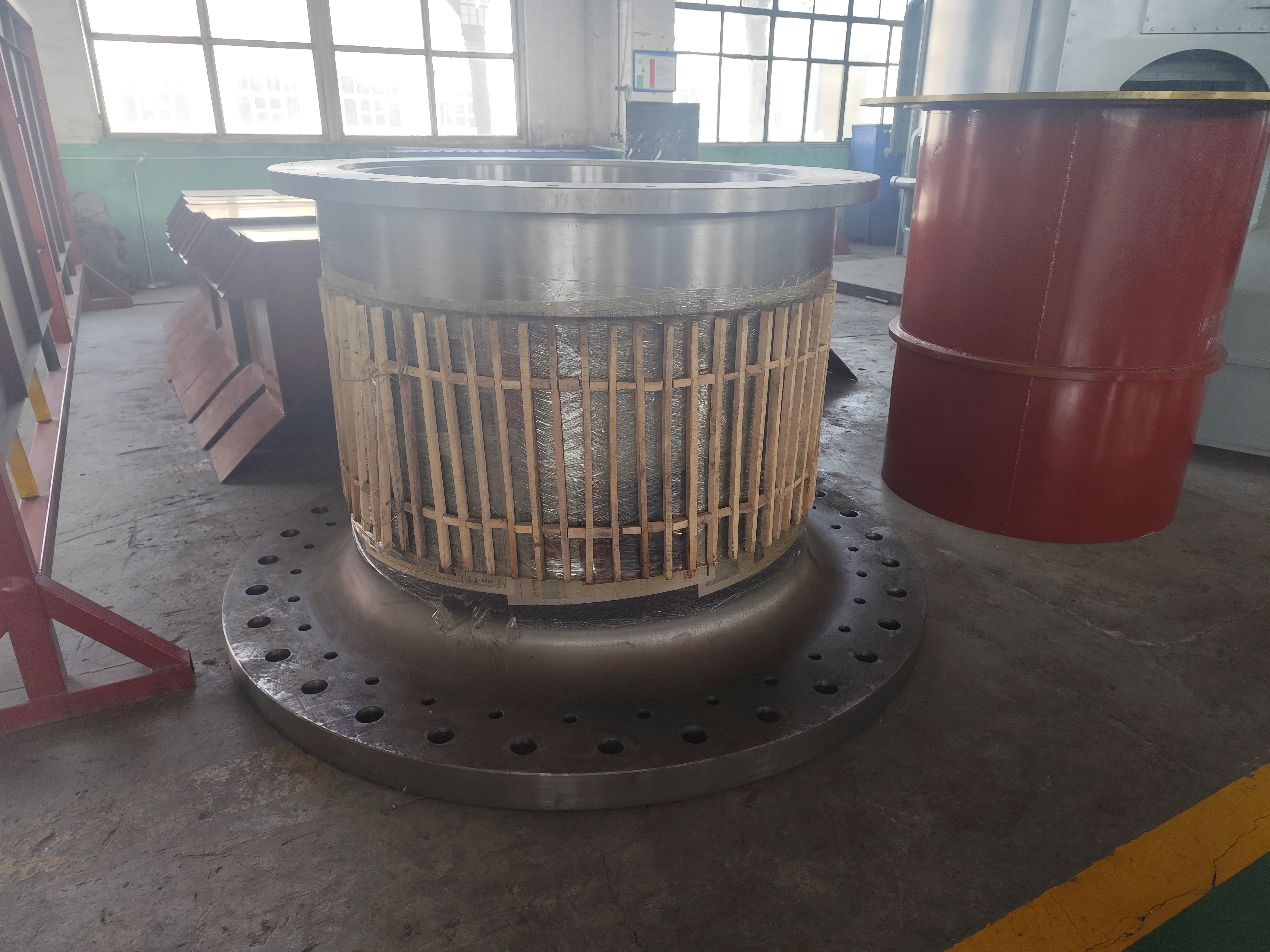
2. Function of hollow shaft
(1) Support function
The two ends of the hollow shaft are installed on the main bearing to bear the total weight of the mill barrel, grinding media (steel balls, steel segments, etc.) and materials.
Bearings usually use sliding bearings (such as babbitt alloy bearings) or rolling bearings (less used in large mills).
(2) Transmission function
The end is connected to the reducer and motor to transmit power to rotate the barrel.
Transmission modes include:
Edge transmission (driven by large gear)
Center transmission (directly connected by reducer)
(3) Material inlet and outlet channels
Hollow shaft at the feeding end: the material enters the mill through the feeding device.
Hollow shaft at the discharging end: the ground material is discharged through the discharging device (such as grating plate, overflow port).
In dry ball mills, the hollow shaft may also be used for hot air inlet and outlet to assist material drying.
3. Materials and manufacturing of hollow shafts
(1) Material selection
Cast steel (ZG270-500, ZG310-570): has high strength and toughness, suitable for large ball mills.
Alloy steel (such as 42CrMo): used in high load or high wear environment, heat treatment is required to increase hardness.
Wear-resistant bushing: high chromium cast iron or rubber lining can be installed inside to extend service life.
(2) Processing requirements
Journal accuracy: The surface needs to be ground, with a roughness of ≤1.6μm to ensure good fit with the bearing.
Dynamic balancing test: Avoid unbalanced vibration caused by casting defects.
Heat treatment: Tempering treatment (quenching + tempering) to improve fatigue resistance.
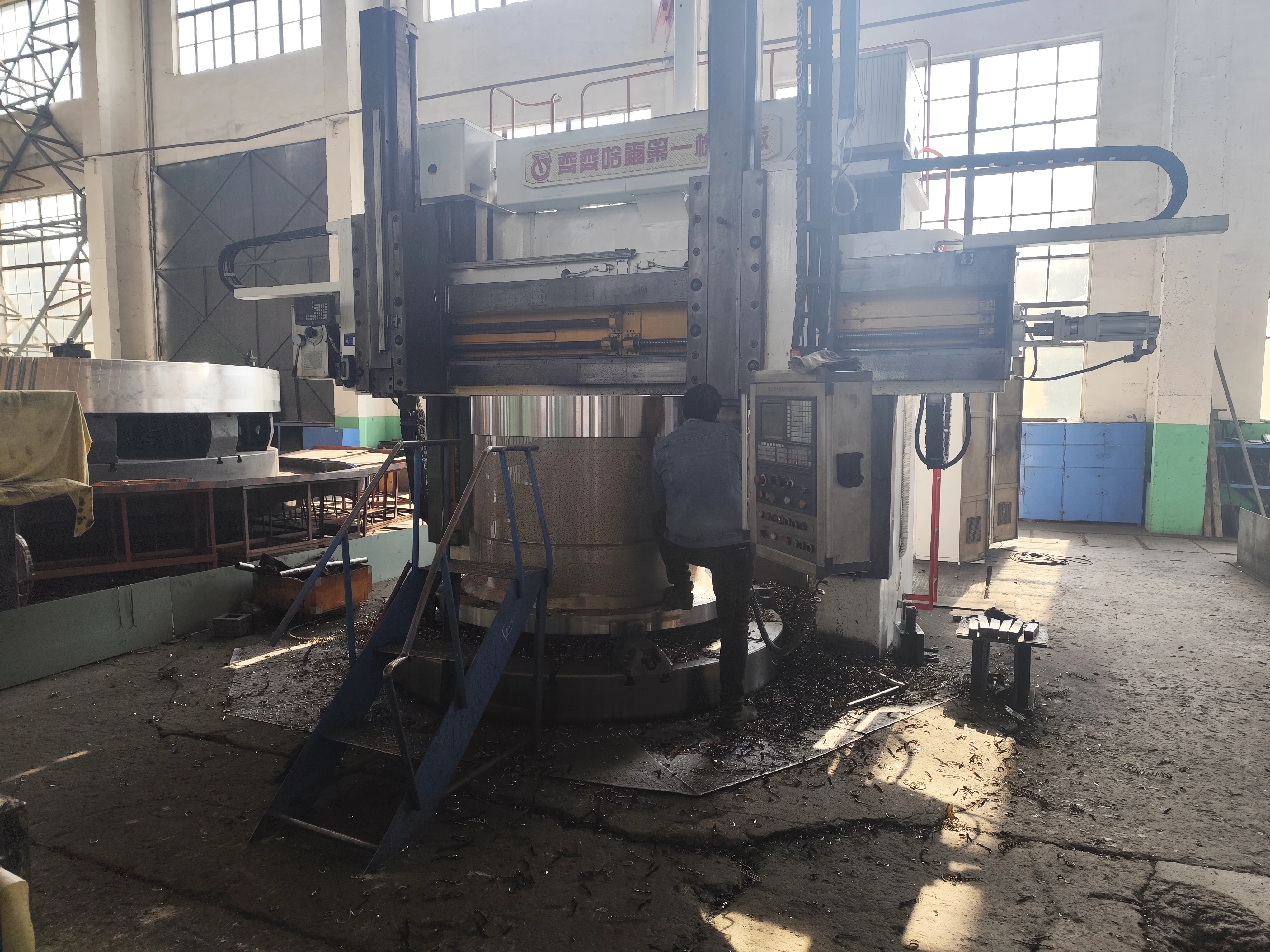
The hollow shaft is the key load-bearing and transmission component of the ball mill. Its design, material and maintenance directly affect the equipment life and production efficiency. Reasonable material selection, precision processing and scientific maintenance can greatly reduce the failure rate and ensure the long-term stable operation of the ball mill.








